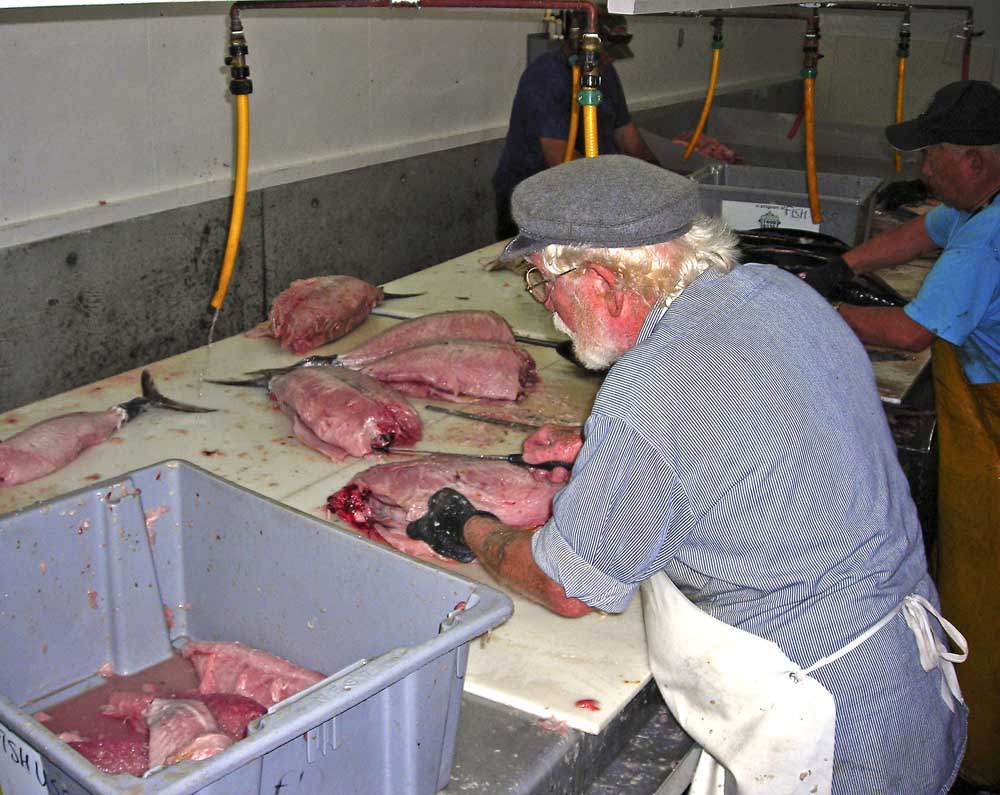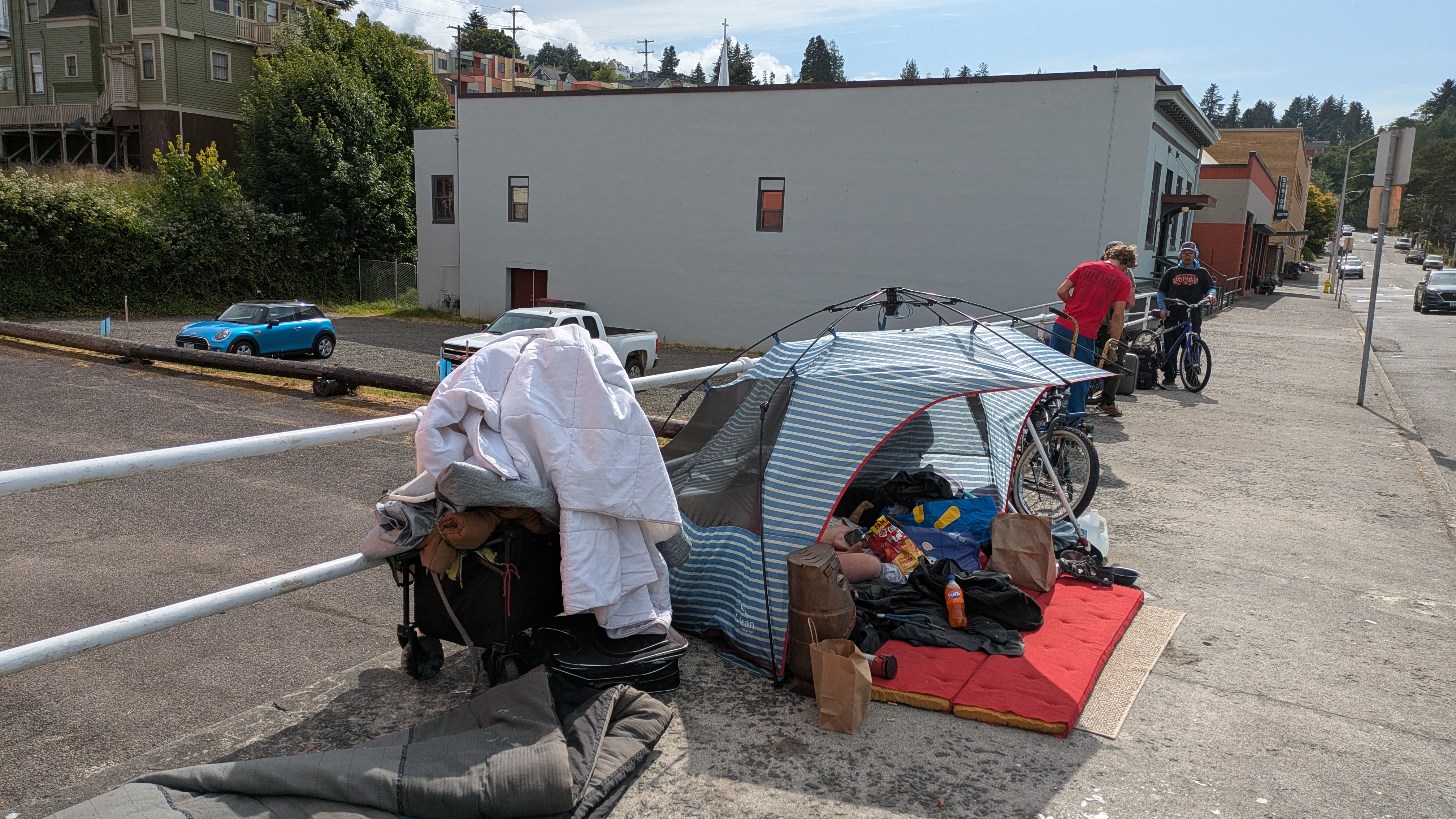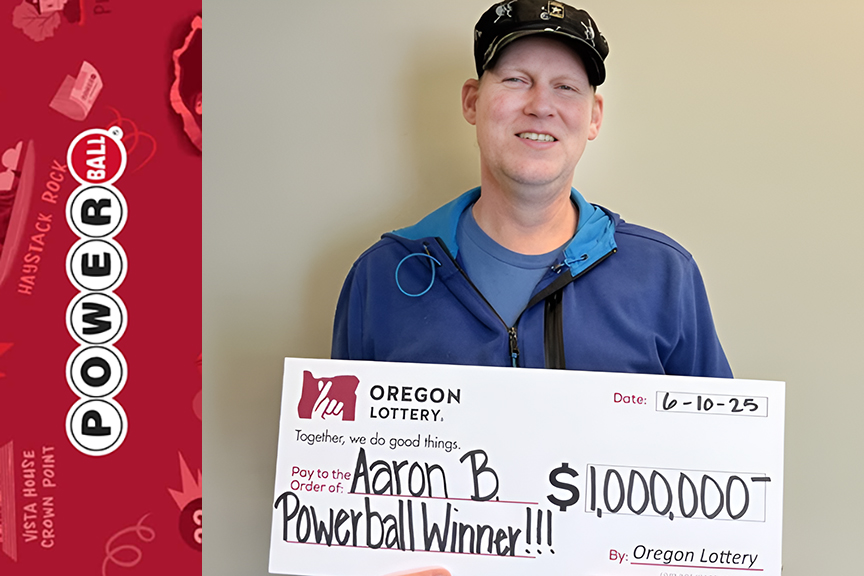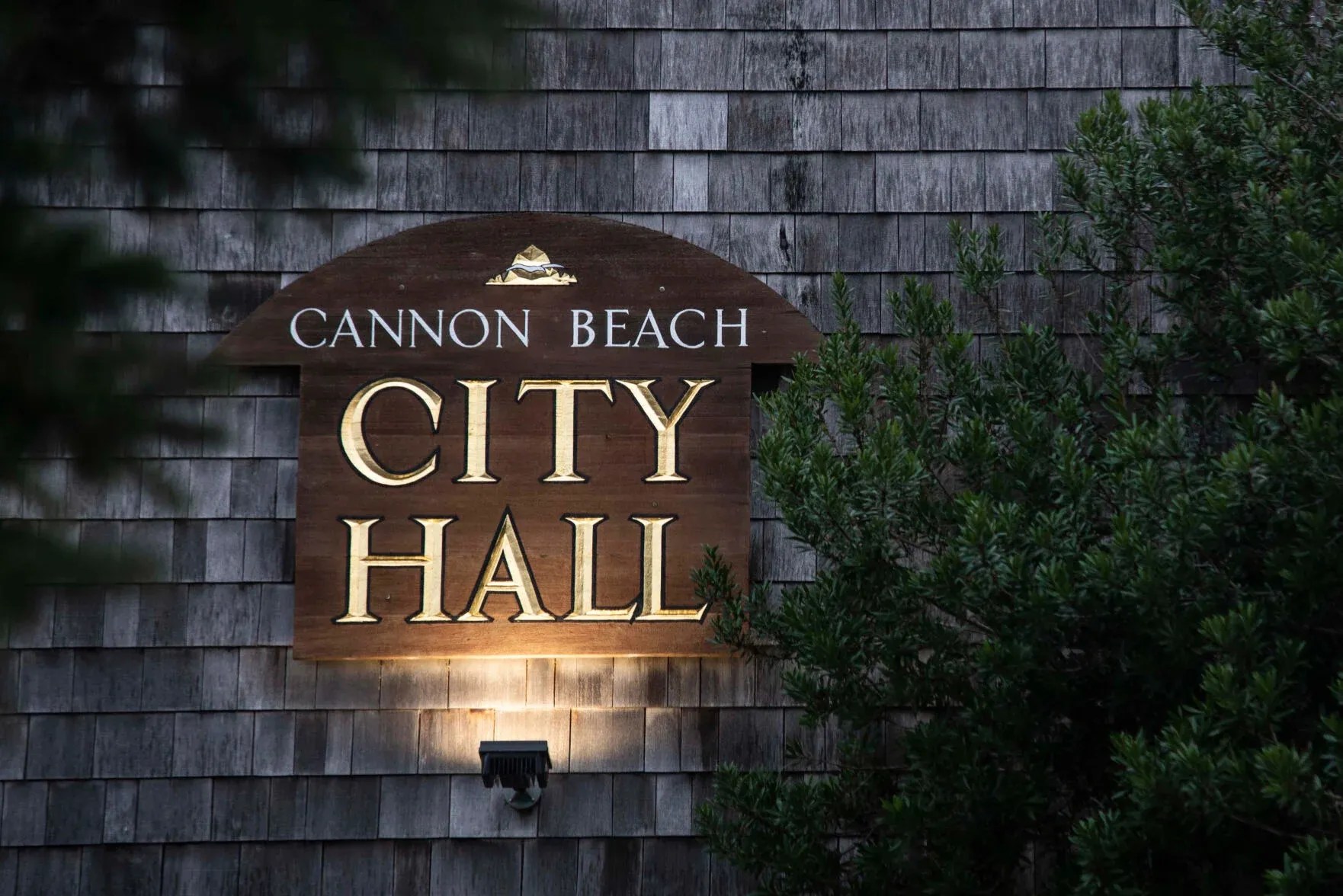Fish on the menu
Published 5:12 am Wednesday, October 11, 2017

- The Clatsop Community Action Regional Food Bank has been providing fresh fish to families in need since 2012 and is hoping to expand the program in the future.
A 5-year-old program by Clatsop Community Action Regional Food Bank has expanded its capacity to deliver fresh fish to low-income families.
And local staffers hope the idea will catch on with other food banks.
The regional food bank now serves up to 25,000 pounds of fish each year — a healthy alternative for families whose budgets often can’t afford fresh food. It also offers elk, venison and produce.
While continuing its 9-year partnership with Fishhawk Fisheries to process food, the food bank has also struck up a relationship this year with Pacific Seafoods — a much larger operation.
The partnership stems from a state law passed five years ago giving private companies more incentives to process fish for food banks. State Rep. Deborah Boone, D-Cannon Beach, pushed the bill through the state Legislature. To date, Clatsop Community Action is the only one of 20 food banks in the state to utilize it.
“We are definitely a horse of a different color in the food banking world,” said Marlin Martin, director of the regional food bank. “We do not believe in warehousing food. We believe that we’re a food distributor and that our job is to get it on the table of low-income people suffering from hunger as quickly as humanly possible.”
Before the change in state law, Clatsop Community Action could accept donations of bycatch — unintentionally caught fish — from the state Department of Fish and Wildlife and Oregon State Police following safety inspections. The regional food bank had obtained the necessary licenses to process the fish itself. Fishhawk Fisheries often allowed the food bank to use its facilities on weekends.
“We’re all set up for him,” Fishhawk Fisheries owner Steve Fick said of Martin and the food bank. “It made sense to say, ‘Hey, come use it and leave it as you found it.’”
But the remaining steps proved arduous for Martin, his three-person staff and the equivalent of 30 full-time volunteers. Often times, they would pick up thousands of pounds of fish on short notice before working 18 to 20 hours cleaning, cutting, portioning and packaging.
“It got to be too busy for us,” Martin said.
Previous state bycatch laws made companies timid to process illegally or accidentally caught fish, said Phillip Kennedy-Wong, a legislative representative for Oregon Food Bank who advocated for the bill. The companies were concerned, since previous bycatch restrictions did not make an exception for fish donated to food banks, that they could lose their processing licenses.
“That was huge from a psychological and mental standpoint for a business,” Kennedy-Wong said.
With the bycatch law in place, the food bank now can make arrangements with a third party, such as Fishhawk Fisheries or Pacific Seafoods, to process the fish at no cost. In return, the processor is allowed to keep fish parts such as eggs and entrails and distribute them for other purposes. The food bank then distributes some fish to 35 partner agencies — churches, schools, shelters and food pantries — at up to 18 cents per pound.
The low cost allows the agencies to distribute the fish at no cost to low-income families. The food bank also has donated some of the more than 140,000 pounds of fish collected since 2012 to about a half dozen other food banks.
The new process allows the food bank to continue accepting donations and offering fish at no price to the consumer at even higher volumes, Martin said. “We’ve now come full circle, if you will, in the process of processing fish.”
For the time being, Clatsop Community Action’s model has remained an almost exclusively local experiment. Only one other food bank in the state, South Coast Food Share in Coos Bay, attempted the model.
Martin hopes CCA’s recent partnership with Pacific Seafoods, which operates at numerous locations in the Pacific Northwest and throughout the country, may help other food banks develop their own partnerships with the company.
Before joining CCA in 2007, Martin worked for decades in the food industry as a retail store manager. His atypical background prior to joining the food bank, compared with other food bank representatives who often have a social work background, likely gives him an advantage in food distribution.
“The key distinction is not having the resources, per se, but business relationships,” Kennedy-Wong said. “Marlin has that entrepreneurial sense.”
Another major reason for the lack of expansion statewide has been the fishing industry itself, Kennedy-Wong said. Quotas, a competitive fishing economy and tribal treaties in other parts of the state can all factor into how many resources companies can expend processing donated fish.
“I don’t think any one of us thought it would be a huge windfall,” Kennedy-Wong said.
The Pacific Seafoods partnership, though, leads Martin to believe that other regional food banks can follow suit.
“Here in Clatsop County, we’re crazy enough to take an idea and make it work,” Martin said. “We believe that Clatsop County, the CCA Regional Food Bank and their processors are setting a model up that we will be able to take to Oregon Food Bank and to ports and processors in the entire state and say, ‘This is a model that works.’”





